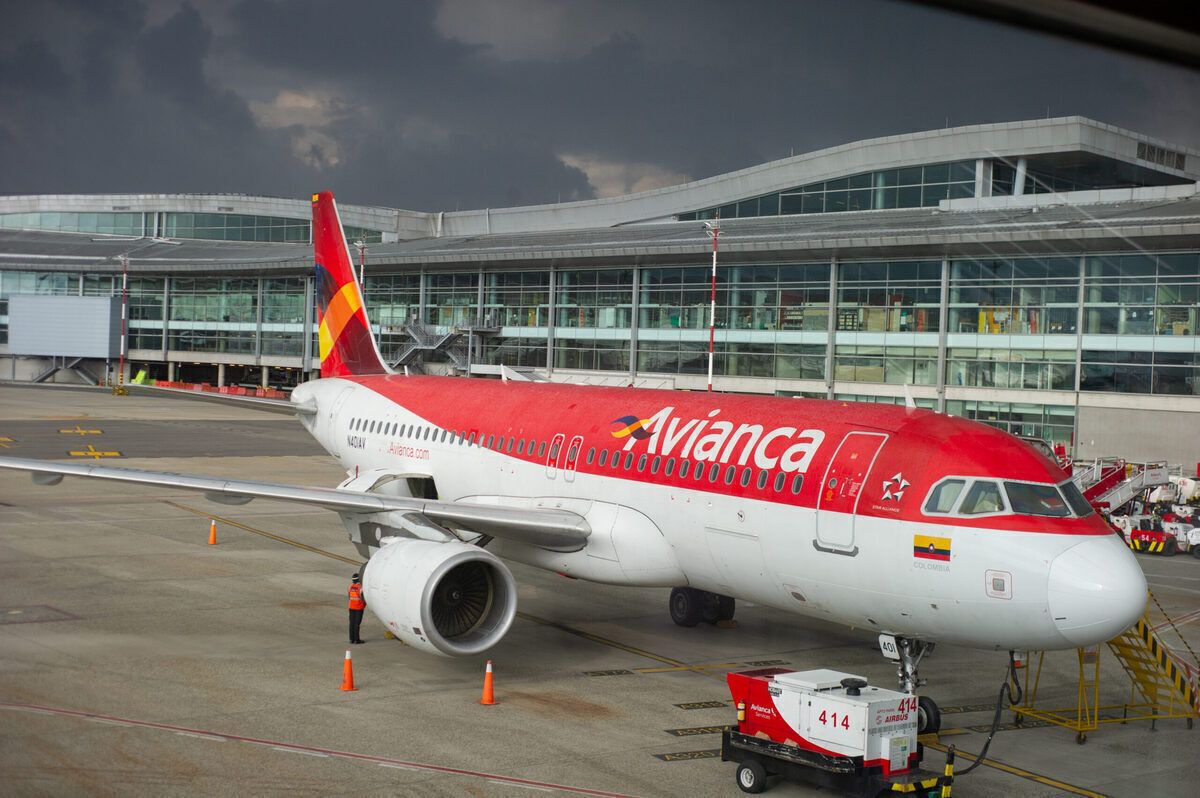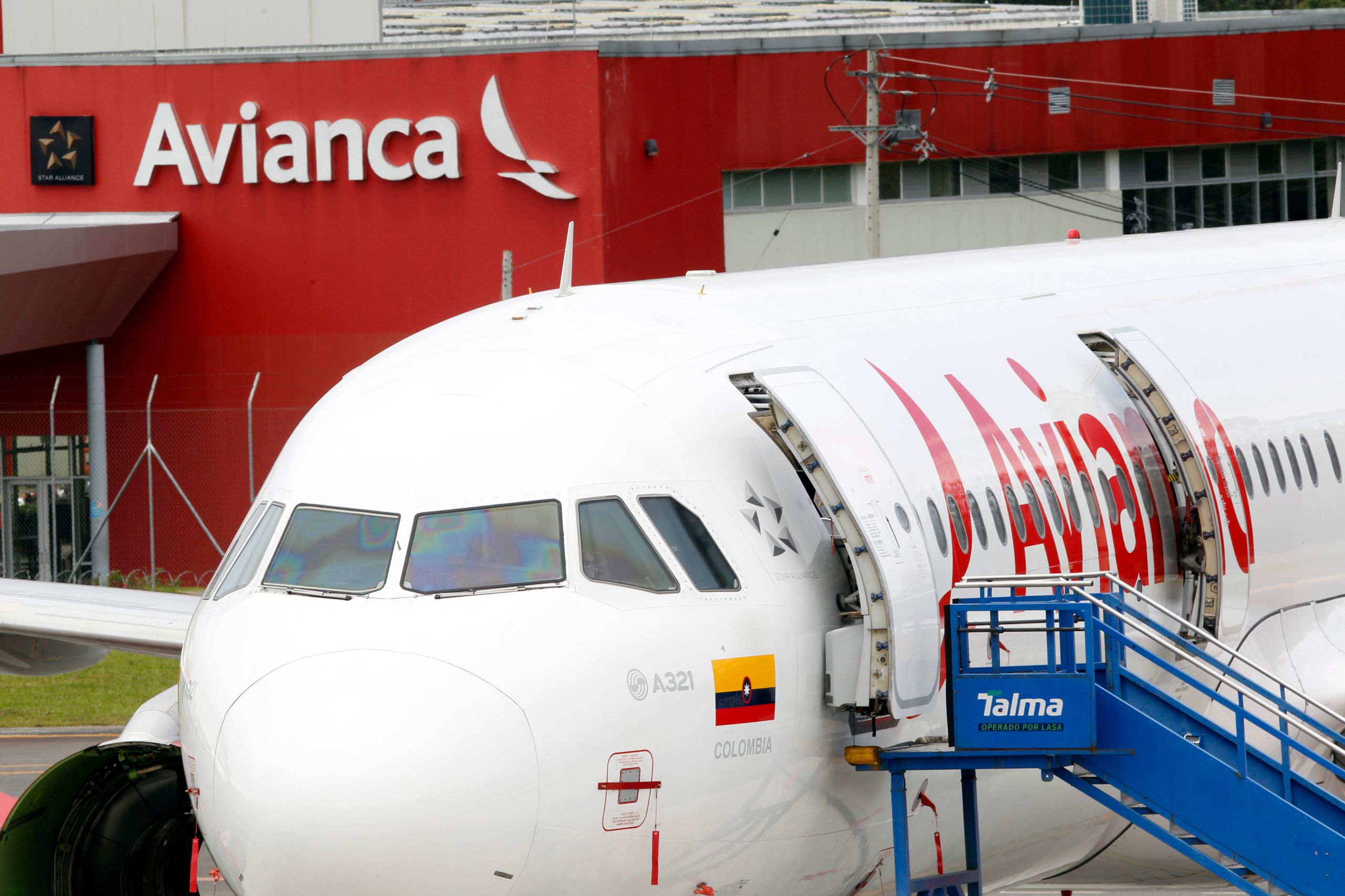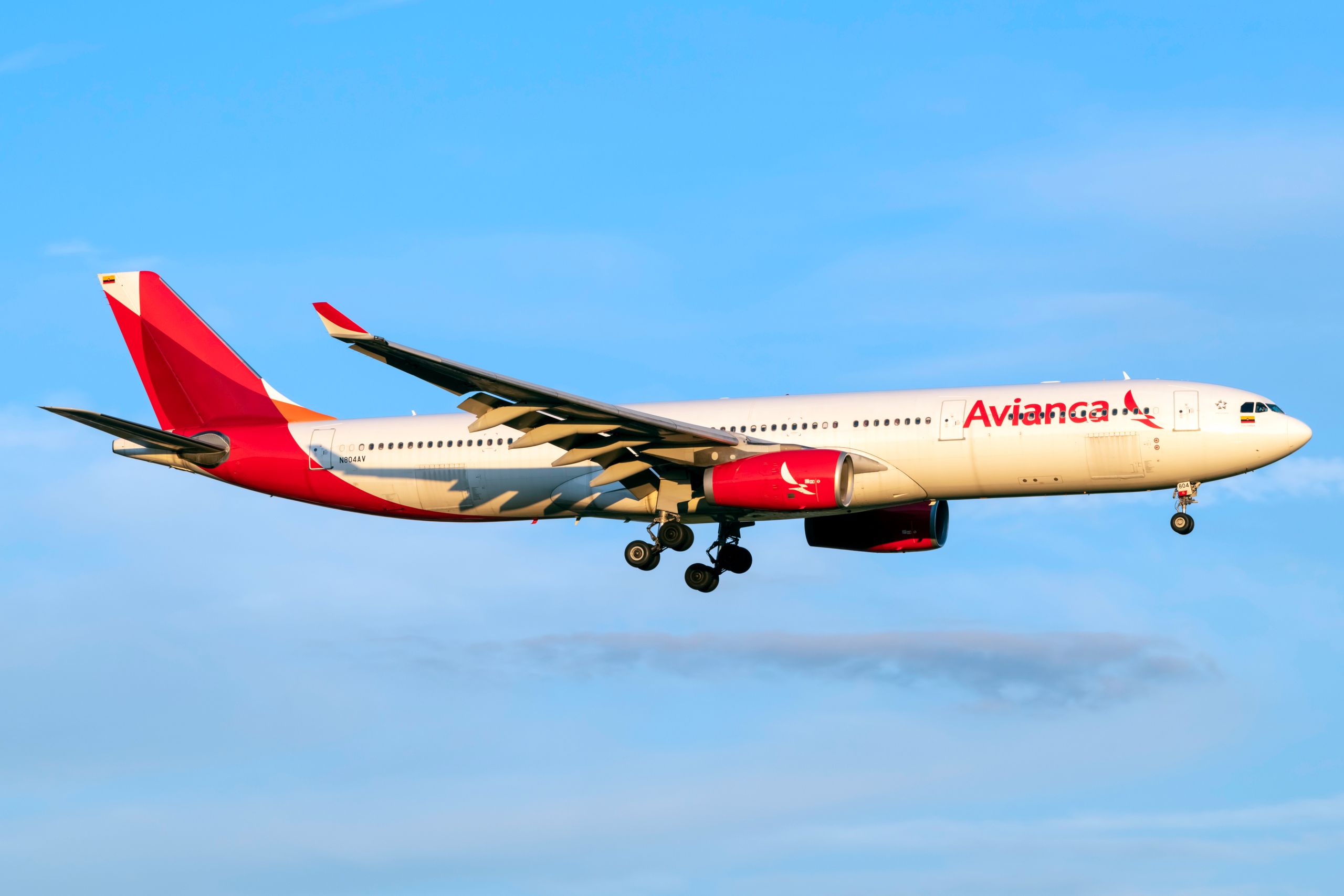During the first half of 2021, Avianca posted a US$653m net loss due to the heavy impact the COVID-19 pandemic has had on the South American aviation industry. While in recovery mode, the airline still has a long way to go before recovering to its pre-crisis levels.
Net loss and Avianca’s operating revenues
Avianca has been dealing with a complex operating scenario in Latin America. While the company’s leading airline is in Colombia, it also has branches in Central America, and Ecuador, so it has faced different travel restrictions throughout the pandemic.
This has led to Avianca’s operating revenue in 2021’s first half to be US$808 million. That number was a 64% decrease compared to 2019’s first six months when the airline achieved over US$2.2 billion in revenue.
Total operating expenses continue to be more than the revenues. Avianca spent US$1.1 billion during the quarter, mainly on salaries, fuel, and fees, as reported by the company.
Due to the COVID-19 pandemic and previous crises, Avianca is currently in a Chapter 11 financial reorganization. It is one of the three Latin American carriers in this process. Among the three (LATAM, Avianca, and Aeromexico), have racked up losses of US$2.2 billion in the first half of 2021.
Avianca’s passenger number continue down
So far in Q1 & Q2 2021, Avianca has carried 4.8 million passengers across its routes. In June, the carrier surpassed the one-millionth passenger barrier for the first time since the COVID-19 pandemic hit South America in March 2020.
Avianca has had an average load factor of 67%, which is a number that needs improvement. The airline has operated 55,883 total cycles (that is, departures and landings).
All these numbers are a fraction of what Avianca had achieved in 2019. During that year’s first half, the airline carried 16.05 million passengers, meaning Avianca has recovered 30% of its pre-pandemic passenger count. In addition, Avianca’s load factor during 2019’s first half was 81.8%, while the airline had 146,061 complete cycles.
What about the fleet?
In the last six months, Avianca has remained almost changeless regarding its fleet. Unlike its Chapter 11 partners, Avianca hasn’t rejected leasing agreements nor signed new orders. As a recap, Aeromexico has altered its Boeing 737 MAX order and now will receive up to 40 units; LATAM will get 28 additional A320 and five B787 Dreamliners.
Meanwhile, Avianca won’t take any new aircraft from Airbus and Boeing until 2024. Nevertheless, it will honor some leasing agreements, and the airline will get 58 new deliveries between 2021 and 2023.
At the end of June 2021, Avianca’s fleet was composed of 145 aircraft, one less than in December 2020. The airline has:
Passenger fleet:
- 23 Airbus A319s
- 56 A320s
- 10 A320neos
- 11 A321s
- 2 A321neos
- 7 A330s
- 13 Boeing 787-8s
- 1 B787-9s
- 11 ATR-72s
Freighter fleet:
- 6 A330Fs
- 3 A300Fs
- 2 B767Fs
A Chapter 11 update
A couple of weeks ago, Avianca became the first Latin American airline to file its Chapter 11 plan. The carrier announced its immediate goals, and, for instance, it said that United Airlines will continue as Avianca’s leading partner.
Both Avianca and United agreed to extend their partnership seven years until September 2030.
A day after, Avianca revealed 23 new international routes across the Americas. Colombia will have 13 new connections, Ecuador and Costa Rica four each, and El Salvador and Guatemala one each.
What do you think about Avianca’s results? Let us know in the comments below.



